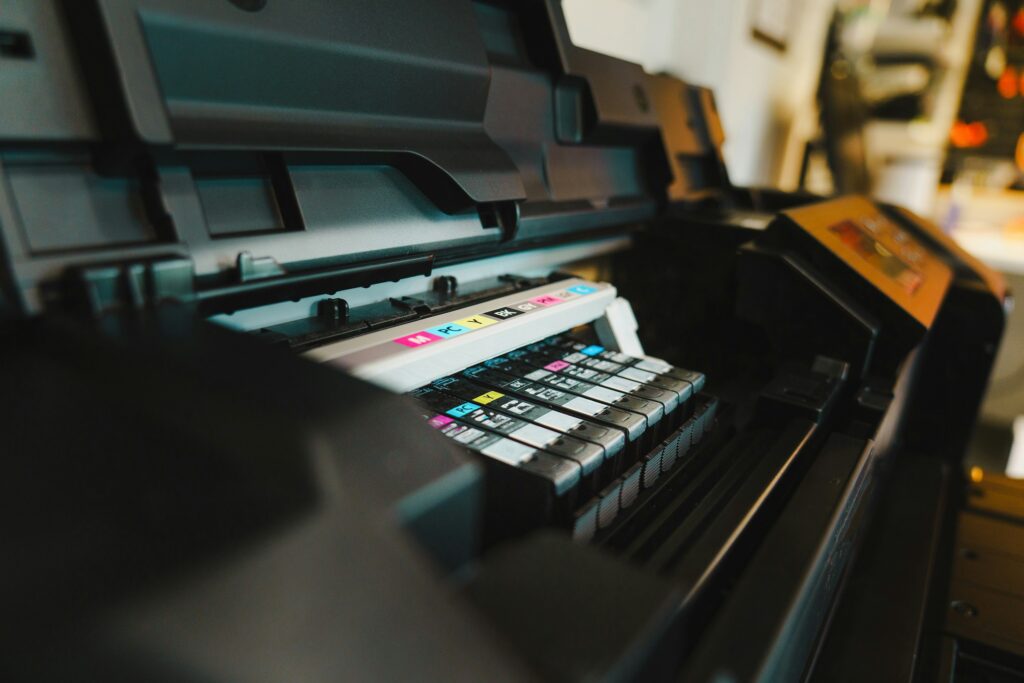Creating graphics that evoke the desired emotional response and atmosphere at your event
Graphics play a crucial role in shaping the emotional experience of event attendees. From setting the mood to reinforcing key messages, well-designed visuals can profoundly influence how people feel and interact with your event. By understanding and leveraging the emotional power of graphics, you can create a more engaging and memorable event experience. Here’s how to harness the potential of graphics to enhance the emotional impact of your event.
1. Understand Your Event’s Emotional Goals
Define Your Objectives
- Identify Desired Emotions: Start by identifying the specific emotions you want your attendees to experience. Whether it’s excitement, calmness, nostalgia, or inspiration, your graphics should align with these emotional objectives.
- Align with Event Theme: Ensure that the emotional tone of your graphics complements the overall theme of your event. For example, a formal corporate event may call for elegant and sophisticated graphics, while a music festival might benefit from vibrant and energetic designs.
Audience Insights
- Know Your Attendees: Understand your audience’s preferences and emotional triggers. Tailoring your graphics to resonate with their expectations can enhance the emotional connection and overall impact.
- Cultural Sensitivity: Be mindful of cultural differences and sensitivities in your design choices. What evokes a particular emotion in one group may not have the same effect on another.
2. Use Color Psychology to Influence Emotions
Choose the Right Colors
- Warm Colors: Colors like red, orange, and yellow can evoke feelings of excitement, warmth, and energy. Use these colors to create a lively and dynamic atmosphere.
- Cool Colors: Blues, greens, and purples can convey calmness, tranquility, and sophistication. Incorporate these hues to create a relaxed and serene environment.
- Neutrals: Black, white, and gray can be used to establish a sense of elegance, professionalism, or minimalism, depending on the context.
Color Combinations
- Create Contrast: Use contrasting colors to highlight important elements and draw attention to key messages. This can enhance visual appeal and ensure that your graphics stand out.
- Maintain Harmony: Ensure that your color palette is harmonious and cohesive. Disjointed color schemes can disrupt the emotional flow and detract from the overall experience.
3. Craft Compelling Visuals
Imagery and Photography
- Emotional Resonance: Select images that evoke the desired emotional response. For example, heartfelt images of people connecting can enhance feelings of warmth and community.
- High-Quality Visuals: Use high-resolution images and professional photography to ensure clarity and impact. Poor-quality visuals can undermine the emotional effect and diminish the overall experience.
Graphic Elements
- Typography: Choose fonts and text styles that align with the emotional tone of your event. Elegant script fonts may evoke sophistication, while bold and playful fonts can enhance a sense of fun and excitement.
- Icons and Symbols: Use icons and symbols that reinforce the emotional theme of your event. For instance, hearts and stars can evoke positive emotions, while more abstract symbols can add a touch of mystery or intrigue.
4. Design Interactive and Immersive Graphics
Engage Attendees
- Interactive Elements: Incorporate interactive elements such as touchscreens, augmented reality (AR), or digital displays that allow attendees to engage with the graphics. This interaction can deepen emotional connections and create a more immersive experience.
- Personalization: Use graphics that can be customized or personalized by attendees, such as photo booths or interactive message boards. Personal touches can evoke a sense of ownership and emotional involvement.
Create Atmosphere
- Environmental Graphics: Design graphics that enhance the event environment, such as large-scale murals, projections, or themed decorations. These elements can set the mood and create an emotional backdrop for the event.
- Dynamic Displays: Use dynamic or animated graphics to capture attention and create a sense of excitement. Motion and changes in visual content can evoke a range of emotions and keep attendees engaged.
5. Implement Consistent Messaging
Reinforce Emotional Themes
- Consistency Across Channels: Ensure that your graphics maintain a consistent emotional tone across all event materials, including signage, programs, and digital displays. This consistency helps reinforce the desired emotional impact and strengthens the overall event experience.
- Aligned Messaging: Align your graphics with the event’s messaging and objectives. Whether you’re aiming to inspire, entertain, or inform, your visuals should support and enhance these goals.
Evaluate and Adapt
- Gather Feedback: Collect feedback from attendees about their emotional experience and the impact of the graphics. This information can help you understand what worked well and where improvements can be made.
- Iterate for Future Events: Use insights from feedback to refine your graphic design approach for future events. Continuous improvement ensures that your graphics consistently deliver the desired emotional impact.
EventGraphics is your expert partner in crafting compelling and emotionally resonant event graphics. We understand how to use visual design to evoke the right feelings and create memorable experiences for your attendees.
EventGraphics – The Event Graphic Specialists is here to help you enhance the emotional impact of your events with expertly designed graphics. Contact us today to learn how we can bring your event’s vision to life and create an unforgettable experience for your audience.

